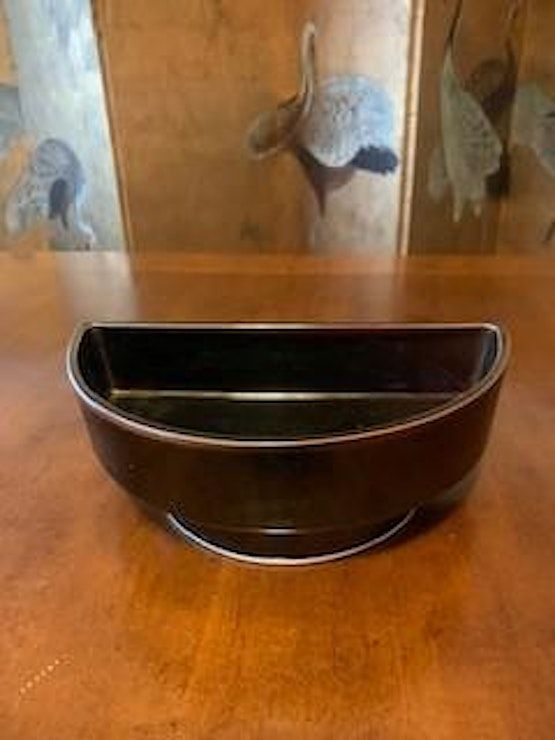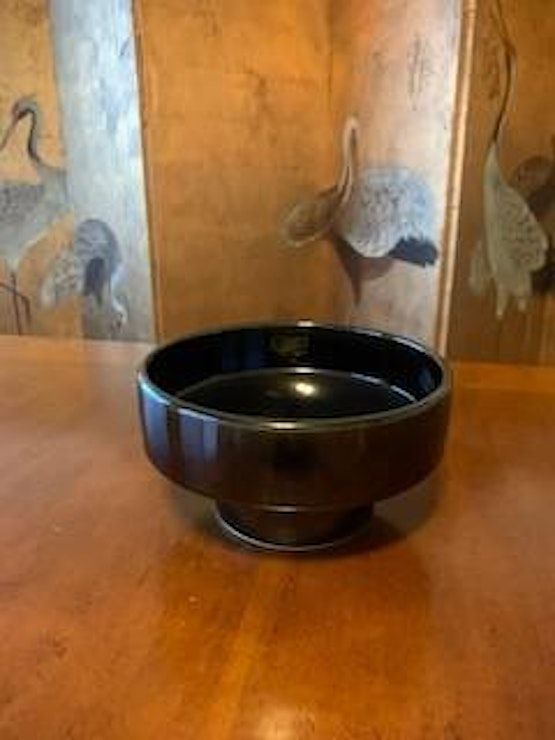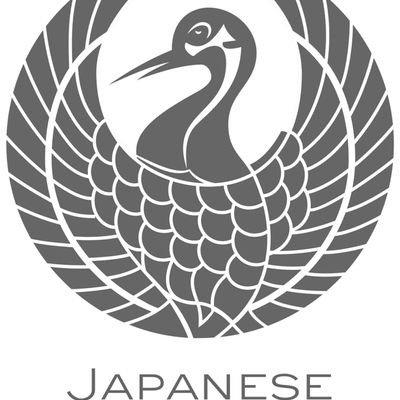
About this Event
* Please Note Class Times have changed to the start time of 7:00PM*
** 2 student class minimum**
Class Description
This class has 4 sessions, which are 60 minutes each. This class is great for first-time students, and beginning students looking to continue their Ikebana studies.
Class Dates: 2/5, 2/12, & 2/19
Materials Needed
Ikebana students are required to have the following tools. If you need to purchase tools, the suggested Amazon links are attached, however, tools do not have to be purchased from the link. The instructor has Kenzans ($25) and Scissors ($32)and Container ($48) in stock available for purchase to be picked up upon appointment from the Japanese Culture Center.
Materials:
- Kenzan (3.5 x 2-5/8")
- Ikebana Scissors - suggested (Option 1)
- Ikebana Scissors - suggested (Option 2)
For the Ikebana flat vase, the bottom surface needs to be flat, so that the Kenzan does not wobble. Please see the bottom of this page for examples of the Ikebana Flat Vase if you plan to purchase one for your own.
Flowers:
- For this class: Ikebana Rising Form, students also need to purchase flowers of the following varieties:
- One kind of main Subject material: (3 stems - at least 28 inches long) Liatris, Bells of Island, thick stem Delphinium, Gladiorus or Calla Lilies (or other straight material)
- One kind of Object material: (3 stems - at least 20 inches long) Lily, Rose, Peony, Sunflower or Hydrangea (or similar size flowers)
- One kind of Filler material: (couple stems of airy materials) Baby's breath/Gypsophila, Wax flower, Hypericum, Bupleurum (or similar size light flowers)
For these flowers, a rough estimate of the cost for one lesson/workshop will be $18-$25. Flowers can be purchased at local florist, Jewel Osco, Whole Food, Marianos, Trader Joe's or you may wish to use flowers from your own garden if available.
Ohara School of Ikebana
The Ohara School of Ikebana was founded by Unshin Ohara (1861-1916). Unshin explored the fields and mountains and tried to develop a style of ikebana to express the beauty of natural scenery. He also searched for ways to arrange Western flowers that had just begun to be imported into Japan and created a new style called Moribana. It is considered to be the first brilliant step in modern ikebana. Unshin's sensational introduction of Moribana brought nearly all Ikebana schools to have their own Moribana style today.
Yuko Inoue Darcy
Since 2005, Ms. Inoue-Darcy has been teaching Ikebana throughout Chicagoland. She is a member of and an instructor in the Ohara School of Ikebana, both in Japan and in the U.S. Originally from Japan, Ms. Inoue-Darcy practiced Ikebana, Tea Ceremony and Incense Ceremony from a young age. Ms. Inoue-Darcy moved to the U.S. where she received a Master’s degree in Comparative Literature from Washington University in St. Louis, where she was also an instructor of Japanese Language. In 1994, she accepted a teaching position at West Side High School, a public high school in Gary, Indiana, striving to inspire and nurture students with Japanese art, culture and language. Ms. Inoue-Darcy has traveled to more than 20 countries, exploring her curiosity about each country’s indigenous plants, flowers and arrangement styles.
Currently, Ms. Inoue-Darcy is an active Ikebana lecturer, exhibitor, and demonstrator who travels nationally and internationally. She teaches regularly at the Japanese American Service Committee, the Evanston Art Center, the Japanese Culture Center, as well as at her own studio in Lincoln Park. Her principal teachers are the late Hougyoku Hirai, the late Kazuko Ernst, and Houhatsu Takeuchi. Ms. Inoue-Darcy is a President of the Ohara School of Ikebana Chicago Chapter.


Event Venue
Online
USD 145.71










